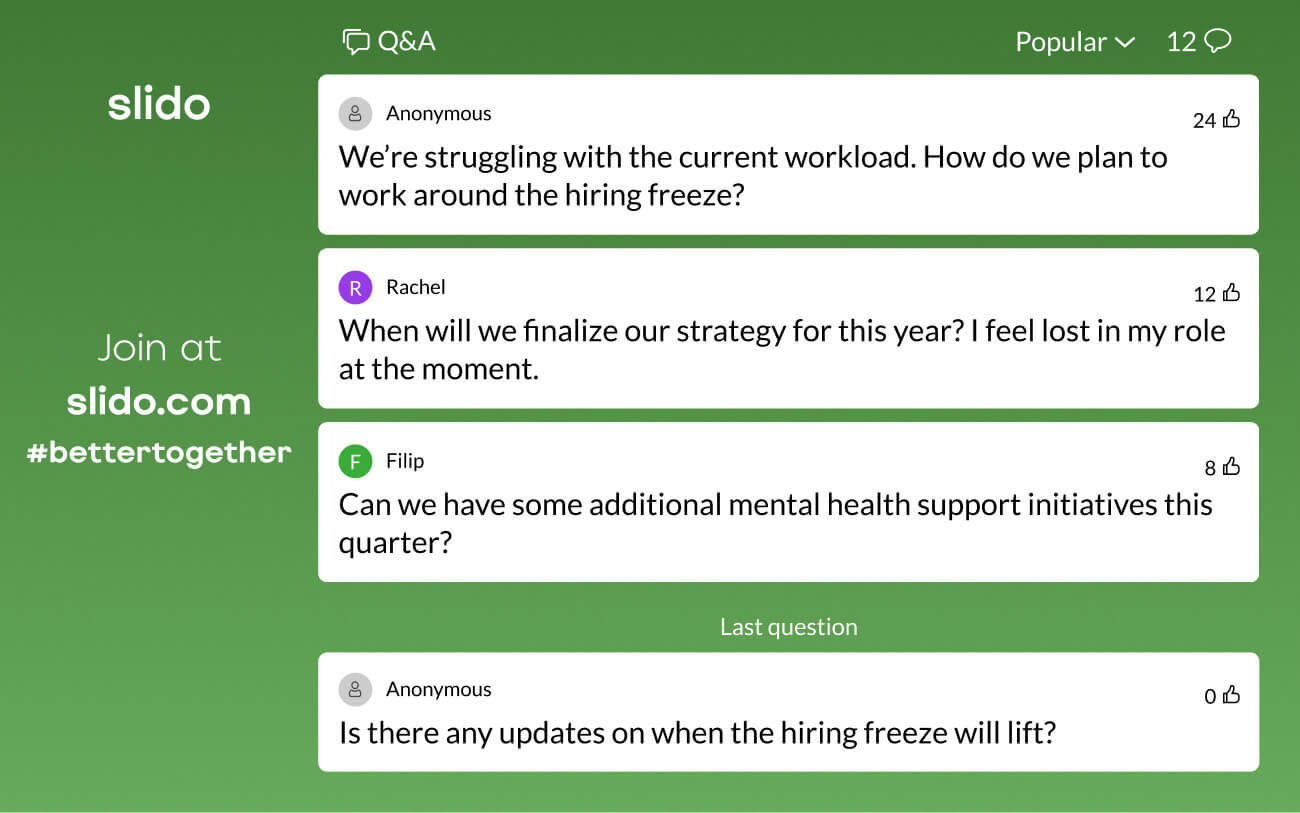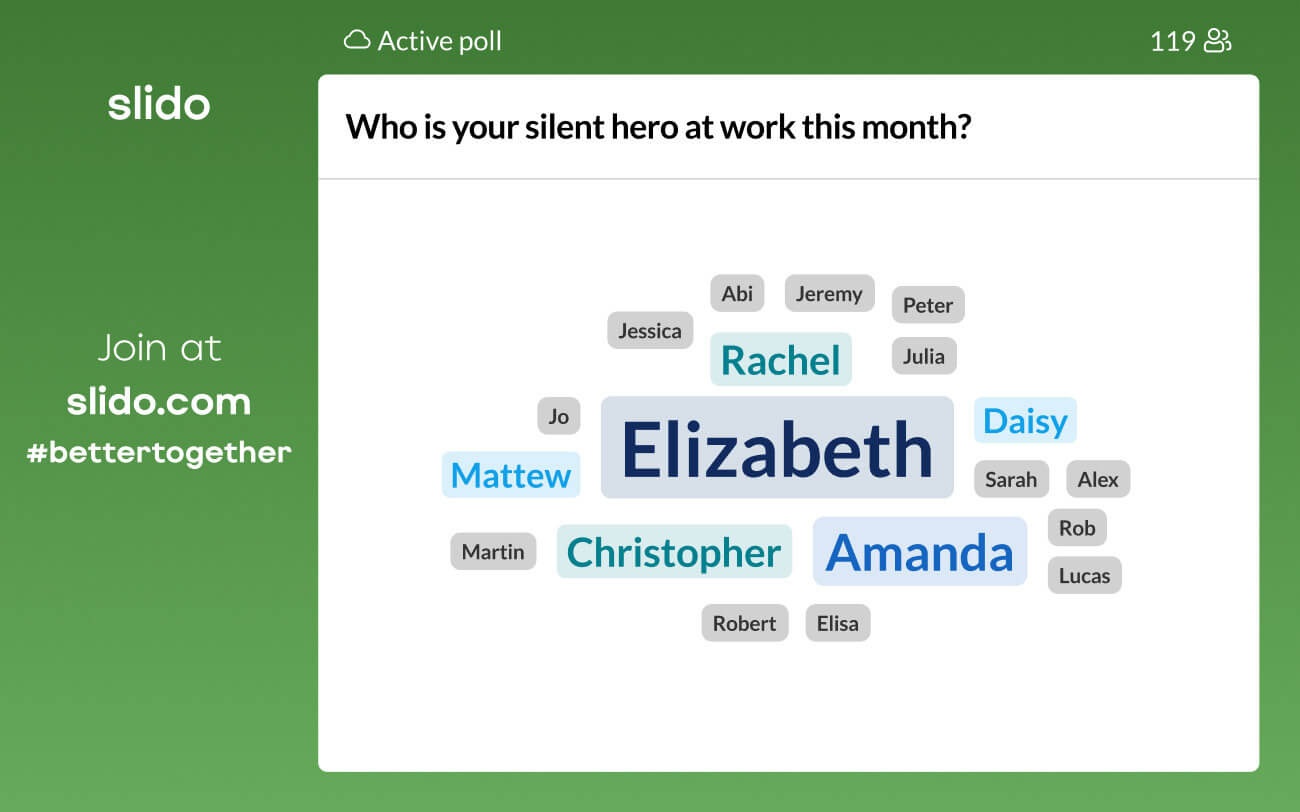Capturing a unique moment in office culture, the term ‘quiet quitting’ exploded this autumn, first made popular in a series of TikTok videos.
As an expression the term is misleading, as it’s not actually about employees quitting.
Rather, workers all over the world are finding themselves demotivated and disengaged, unable to reach their full potential in their jobs. Why? The reasons range from lack of recognition to toxic work environments, leading them to silently withdraw.
Quiet quitting isn’t just hard for staff who feel stuck in a tricky spot, and under-appreciated at work. It’s very difficult for managers who really care about their teams, too.
Indeed, a Gallup poll revealed that 50% of the US workforce have already quietly quit their jobs.
I can understand why. I’ve spoken to friends recently who have told me about their work situations and some of them check the boxes for quiet quitting.
In its simplest form employee disengagement is nothing new. But in the wake of the stresses of the pandemic and the subsequent Great Resignation, it’s very much understandable.
Gallup estimates that disengaged employees cost the global economy $7.8trillion each year. On a more personal level, this creeping discontent will also do serious long-term harm to a company’s culture, which will be very hard to fix.
For managers who really want to look after the wellbeing of their staff, it’s essential that they not only acknowledge what is happening – but address it.
It won’t be easy to broach these tricky subjects with your team, but this could be a pivotal moment in gaining their trust and igniting that spark of motivation in them again.
Read on for our advice on motivating and re-engaging your workforce.
Your team is quiet quitting – now it’s time to find out exactly why
There is a chance that many of your staff have already quietly quit.
Work burnout and a lack of pay rise and promotions have been cited as common factors. But we believe that the trend stems from a far bigger systemic issue.
A 2021 McKinsey report identified three key metrics around the Great Resignation. Out of the people who quit their jobs during the first six months of 2021:
- 54% did not feel valued by the organization
- 51% lacked a sense of belonging
- 46% desired to work with people who trust and care for each other
Now in 2022, a possible recession along with ongoing layoffs is making employees feel undervalued and stuck at the same time.
While you may be limited on what you can do with budgets, as a leader it’s still really important to discuss the issue – and others like it – openly with your team.
There are also other ways to improve employee engagement, and rebuild trust, which we will discuss later in this article.
Many team leaders sincerely believe that getting people back into the office again is the solution for all that’s wrong within the workplace right now.
However, this approach may leave staff feeling as though they aren’t trusted to work from home anymore. A new study from Microsoft on ‘productivity paranoia’ shows that while 87% of workers feel they work as, or more, efficiently from home, 80% of managers disagree.
Whether it’s some, or all of these reasons for staff disconnecting from their work, it’s up to you as a team leader to uncover the truth, even though it might feel scary to do so.
Open and honest conversations in the workplace – using tools such as Slido – are key to building a culture of trust and transparency where staff feel heard and listened to.
Even if having these conversations may sometimes feel hard, they’ll be beneficial for your working environment as a whole. In that way, quiet quitting could even be an opportunity for change.
How to talk to your team about quiet quitting
From an anonymous Q&A to a quick pulse check during a staff meeting, there are multiple ways to address issues of uncertainty in the workplace. Remember, anonymity is your ally in drawing these key insights out of your team.
Give employees the chance to ask questions by creating a Slido Q&A. You can send the link out a few days before the session so that they can ask their most burning questions, which you’ll then have ample time to prepare for.

Team members can also upvote the most pressing questions, so you’ll really understand what needs to go onto the meeting agenda.
While opening up these discussions, there is also the possibility of questions coming up that you won’t want to answer, but remember that you will be offering staff a safe outlet to express their concerns.
If an organization can begin to address these kinds of questions truthfully, instead of dodging them, employees will appreciate the honesty.
And remember – staff will be discussing concerns between themselves, anyway. This way, you can get a handle on the narrative and stop frustrations from growing.
Here are a few more ways you can re-engage with employees again.
#1. Make a habit of listening to your staff
Really taking in what employees are saying may be a steep learning curve, but once you have mastered it, the more confident and comfortable you will be at addressing employee feedback in future.
Creating this culture of communication will go against quiet quitting as you will be giving your team what they feel they lack – a voice.
You can keep people engaged – and build a sense of purpose in the workplace – by asking for feedback, because employees want to feel heard.
Prepare polls, such as a ranking poll, so that staff can vote on how best to prioritize tasks, or share a rating poll so that they can rate their confidence in decisions being made at work.
Managers should also schedule weekly one on one meetings with their teams, where they can address problems as they arise, instead of leaving them to fester.
#2. Show an appreciation for staff
Though pay rises are undoubtedly valuable, we crave intellectual recognition just as much.
The human brain gets a dopamine and serotonin hit each time we’re given kudos for our achievements in the workplace.
In fact, the Harvard Business Review reports that 40% of employed Americans say they’d put more into their work if they were thanked for it more often.
Employees need to be recognized for their good work, which can be done during team meetings.
For example, at Slido’s monthly company-wide all-hands sessions, we have a moment to appreciate a ‘Silent Hero’. Employees are encouraged to vote using a word cloud for the team members that have helped them the most.

It can really make staff feel good about themselves when they get public recognition from their peers as well as their managers.
#3. Create a ‘not-to-do’ list
To help tackle signs of burnout at work, ask staff to create a list of tasks that they shouldn’t do.
We did this at Slido last January to make sure that our people don’t get over-tired, or lose time focusing on tasks that are not aligned with company priorities.
Enabling a structured working environment, with defined expectations can make a real difference in how your employees work. In contrast with the hustle of going ‘above and beyond’, a not-to-do list will help keep your team focused and on track during uncertain periods like this.
How leaders can turn the tide on quiet quitting
We spoke to some Slido leaders for some tips on how they keep their teams motivated and engaged.
💡 Neil Sharman, VP of User Research:
‘I like to help each team member to build a sense of purpose at work. Sometimes, this is about picking the right project for someone, and other times, it’s about helping them to see how they can approach their work using their skills and interests.’
💡 Tomáš Dzurenda, Business Development Director:
‘Our sales team works all around the world. I like to make sure that our weekly sales meetings are inclusive, so they alternate between AMER-friendly hours and APAC time zones.
‘Twice a month, I run a fun quiz to keep salespeople educated and engaged – it’s good for team morale.’
💡 Jo Massie, Head of Customer Success:
‘I always want to make space during my one-to-ones and team meetings to connect as humans with my colleagues.
‘Understanding what’s going on alongside work can really boost team bonding. I start each team meeting with this kind of structured small talk. My favorite is to run a poll for everyone to share something that they’re grateful for that day.’
Ready to have frank conversations with your team?
We believe that the world of work is changing, for the better. Facilitating a meaningful conversation between leadership and the workforce is more critical now than ever. By providing a safe space for interaction, Slido can help you capture insights from employees at scale, allowing you to create buy-in and make trusted decisions.




